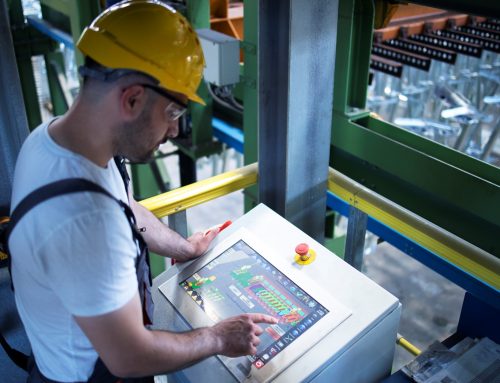Learn how to apply PPCM in asset and maintenance management. Discover its main characteristics, benefits, and how to implement it in practice.
Effective asset management is essential to maintain the productivity and competitiveness of companies in different sectors. In this sense, the Planning, Programming and Control of Maintenance (PPCM) emerges as an effective methodology for managing maintenance, the life cycle and assets efficiently.
PPCM involves the application of specific techniques and tools for planning and executing maintenance activities, aiming to maximize equipment availability and prolong its useful life.
In this text, we will explain in detail the main characteristics and benefits of PPCM, as well as its practical application in asset and maintenance management.
What is PPCM and why is it important for asset and maintenance management?
PPCM stands for Planning, Programming and Control of Maintenance. It is a methodology that aims to maximize the availability and reliability of a company’s assets, through efficient maintenance management.
PPCM is essential to ensure the effectiveness of maintenance processes, reduce costs, increase the useful life of assets, and minimize unplanned shutdowns. It also allows tracking the entire life cycle of equipment, from acquisition to disposal, contributing to more sustainable and economic management.
What are the main characteristics and benefits of PPCM?
Among the main characteristics of PPCM are:
- Planning: PPCM allows the definition of preventive and corrective maintenance plans to ensure asset availability and reduce costs associated with unexpected downtime.
- Programming: the methodology allows the definition of maintenance schedules, with the distribution of activities according to priorities and available resources.
- Control: PPCM enables the monitoring of the performance of maintenance activities, allowing the identification of any deviations and corrective actions.
Based on these characteristics, some benefits can be achieved. Check it out:
- Cost reduction: there are fewer costs with unexpected downtime. This also increases asset availability and avoids unnecessary spending on corrective maintenance.
- Increased productivity: with adequate planning and programming, maintenance activities can be carried out more efficiently, reducing asset downtime and increasing team productivity.
- Improved inventory management: with maintenance programming, it is possible to anticipate the need for parts and materials, avoiding inventory shortages and reducing storage costs.
How to apply PPCM in practice to manage maintenance, the life cycle and assets effectively?
To apply PPCM in practice and manage maintenance, the life cycle and assets effectively, it is necessary to follow some steps:
- Conduct a complete inventory of assets and equipment;
- Define a preventive maintenance plan based on the information collected;
- Maintain constant monitoring of asset performance;
- Ensure proper documentation of all maintenance and monitoring activities.
Through the application of PPCM, it is possible to optimize asset management, reduce costs, minimize downtime, and increase equipment life. For this, always rely on a qualified and trained team to apply the methodology effectively. This way, you will obtain significant results in terms of efficiency, productivity, and profitability.
Request a demonstration of Manusis4 now and discover how to optimize the management of your assets with state-of-the-art technology! Contact us.






Leave A Comment